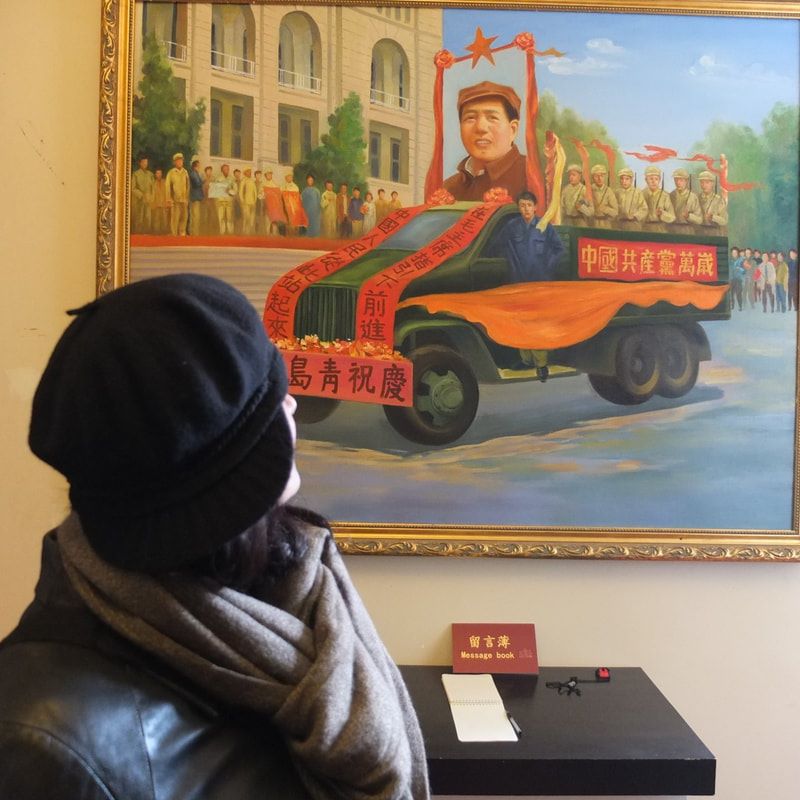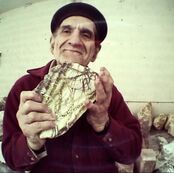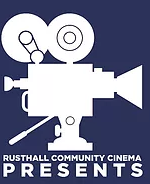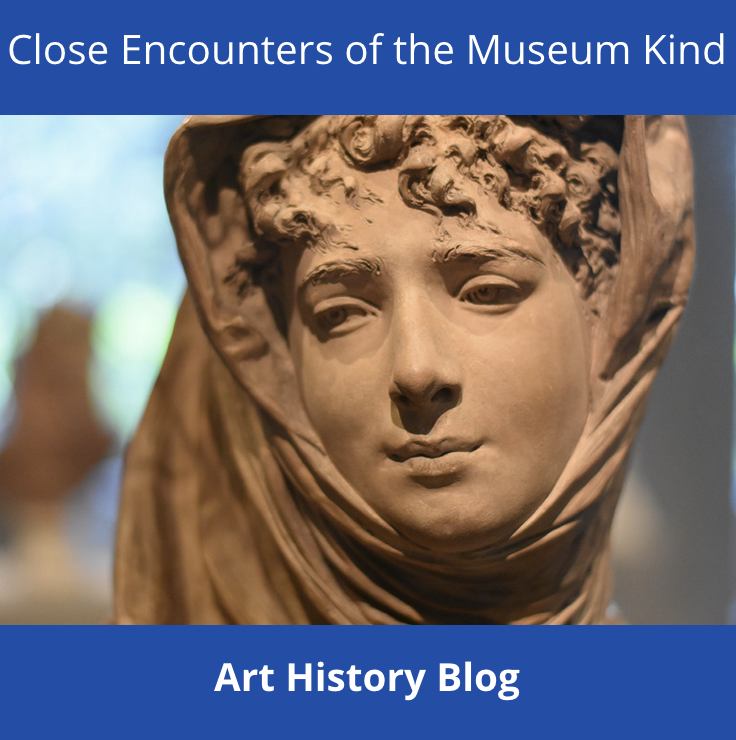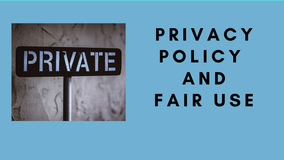|
If you have followed the last three workshops, you will have found your idea, know how to research and approach it, even in lockdown. You know why you need to have access to your subject and how to find a unique angle. Hopefully you will have viewed a few documentaries and been inspired. In this 4th workshop we will be looking at hybrid and mixed-media documentaries and how we can use fictional elements in our documentaries along with other media to help pull our film along differently. So let's get started! Why I love the hybrid formI first started experimenting with animated documentary in 2008 with Up & Down the City Road, an ode to friends and Montreal's Boulevard St. Laurent. I had already been animating the opening credits to two of my short films and wanted to expand upon it. I created a backdrop, unrolling like a Chinese screen, photographed by Wang Ying, who had innovated a stitching technique. I took lots of photos and cut out characters from very old copies of National Geographic. The backdrops were created as if I were decorating a theatre. I wanted a rough, hand-crafted feeling, with hand stop-motion - nothing done in camera, made in the classical way. I really had the need to carve this piece out as it was goodbye to a time and place which was changing due to redevelopment. It gave me a childlike freedom. Up & Down the City Road - clip I used animation again in my feature film - Dust, A Sculptors Journey. Why? The information had been told to me endless times by Stanley on camera, I had photos, press-clippings, you name it, an entire archive. Once the editor Mariano Franco placed it on the timeline he suggested we use the same type of animation as I had done in Up & Down the City Road. I agreed, and it really worked. Dust, A Sculptor's Journey - Clip Hybrid and mixing media is
THE ARBOR - feature documentary The life of Andrea Dunbar, the tragic British playwright, is recreated by filmmaker Clio Barnard in her remarkable and really scary hybrid documentary The Arbor. She shows us how we can take a story and re-tell it by using a multitude of creative ways. After it's release, a Guardian Newspaper film critic, Paul Cox, completely trashed it in a 2010 article. So convinced was he that this film would go “down the road to nowhere.” A year later the film won the Guardian's film award. One of the judges said it was "experimentalist docudrama close to genius", while another, actor Saffron Burrows, said it was "utterly unique and devastating“, while Gideon Koppel called The Arbor "a remarkable and moving portrait that – unusually – describes the internal landscape of a character." Andrew Pulvar, Guardian newspaper, 27 January 2011. THE ARBOR - Clip The entire film is spliced and splattered with found footage, super 8, re-enactments and voiceovers. In this clip a terrible incident is recounted by two actresses playing Dunbar's children, two sisters, using their taped voices. They lip sync. The girls stand in front of a burning bed. It is excruciatingly hard to watch and listen to, as they look into the camera, standing side by side, taciturn, while behind them the fire burns with passion. Read More Here BORN IN IRAN - short docu-fiction Born in Iran, a docu-fiction created by a fellow filmmaker and friend, Banafcheh Hejazi and myself. Banafcheh told me her story, and we decided to do a re-enactment rather than have her and her friend sit and tell the story. We wanted a documentary feel. We thought docu-fiction would be a more effective way to tell this tale. Banafcheh's Story As a Canadian-Iranian, she crossed the border from Quebec into the USA in the time of Bush. She was going to visit her grandmother with a friend. Banafcheh is Muslim, her friend, Jewish. They were stopped for hours, car torn apart, examined, and Banafchech was racially profiled, as she was born in Iran. We used re-enactment and documentary hand-held camera. It was filmed by Glaco Bermudez, edited by Wang Ying and myself. BORN IN IRAN - The short film The Thin Blue Line - documentary feature is a 1988 American documentary film by Errol Morris. It was hailed as the best feature documentary of 1988 by the The New York Film Critics Circle. Many thought Morris would be the first director to win an Oscar for a documentary. He did not, because of the use of re-enactments and actors, and "they" refused to call it a documentary as it broke the conventions of the form by using fictional elements. However, it continues to hold a rare fascination and holds its place as one of the most controversial and important documentaries of all time. THE BACKGROUND STORY Morris had been interested in Dr Death, the infamous Doctor Grigson, who was finally dismissed for unethical conduct in 1995, but not before almost all of his 167 capital trials had ended in execution. Morris met Randall Adams through Grigson, who was on death row. Morris would conduct interviews with many of these tragic people. Fate had brought Adams and a young David Harris together one night, in 1976, and one of them would kill a police officer. Adams was charged with the murder, Harris got off. Adams proclaimed his innocence over and over the years. THE MAKING OF THE THIN BLUE LINE - part 1 A year after the release of the film, Adams's case was reviewed and he was released. By carefully weaving us around this crime, reconstructing, reinterviewing and delving deeply where the prosecution had not, and using everything at his fingertips to recreate a past: slow motion, newspaper clippings, and a harrowing insight into the young David Harris’ life with home-shot super 8 film footage we get the full story. It is in this, at the end of the film through the homes shot images we finally understand how the young Harris had lost a brother, the beloved son, and his father never gave him the love he sought; he could never do enough to gain his father's heart. The images are haunting, and even though Harris will admit on tape that he allowed Randall to be wrongly convicted, these images remain with the viewer. We are even almost sympathetic. Part 2: The Making of the Thin Blue Line. Harris was interviewed without a camera at the end of the film, as Morris' camera had broken. It is here that Harris admits to the crime. Hybrid documentary filmmaking and mixing media give us incredible freedom. We are brought away from the main road onto side-roads and by-roads, where we can have more freedom to drive the way we want. TAMING THE HORSE - short documentary Tao Gu, a dear friend and Chinese-Canadian filmmaker, used optical printing in his pivotal and award-winning work On the Way to the Sea. “A combination of fictional elements, documentary fragments and visual abstraction, reflecting on the fragile human condition." It is about The 2008 Sichuan earthquake and his natal home town. His parents are the main subjects of this haunting piece. Tao went with his camera after the quake and recorded what he could. ON THE WAY TO THE SEA - Clip THE SEA HUT 2019 - documentary feature My mother was born in Shanghai’s French concession in 1930. She was looked after until the age of 5 by her Chinese Amah, who was like a mother. Both were heartbroken when my mother left to go back to England, as the Sino-Japanese war broke out and life in Shanghai became too dangerous. After the war, Amah came to England with another family. She met my mother - how, we really do not know - and spent two hours with her, leaving a small gift which my mother cherishes. My mother never saw her again. Amah’s ending has haunted my mother for years. This is a story of love and loss, identity, memory and forgiveness. A story of uprooted people. We move backwards and forwards between my mother’s past, and to my own present - a small fishing village in China, where a sea hut becomes a metaphor for the veil between two worlds: Europe and China, past and present. RECONSTRUCTION OF THE PAST I only had 20 family photos of my mother's family from the 30s in Shanghai, China, and 5 minutes of super8 from the 70s. I reconstructed the past with found footage which I found from the prelinger archives. Much of this archives is Common Creatives, CC. I also used Wikimedia for public domain photos when I needed them. I recreated certain scenes, for example when my mother meets Amah again. I asked my niece Constance to play the part, dressing her in clothes of the time, placing her running down the steps of the very house my mother had lived in as a young girl in England, with a friend Mary. The words my mother told me about that meeting are the words that Constance speaks. I used a lot of filters in the editing stage to change images from new to old. Saturation of colour was important and much of the work I did was intuitive. I learnt a lot about colour correction and created my own palette which followed no order, just feeling. I spent two years experimenting. I simply love working this way, it gives a lot of scope, a bit like a colouring book. The Sea Hut edges towards fiction with a strong musical track, the use of a lot of different media, and a sense of intrigue. So there you have it. Lots to get on with, to view, and to think about. As always, thank you so much for passing by. Have a great week, in this world that is constantly changing, with all its upheaval and unrest. It is still our beautiful, hard, cruel, unsettled, startling world. Links - great reading... Great article on Killing the Term HYBRID! by Robert Greene - filmmaker and writer. BFI Interactive documentaries and storytelling @ idocs -org Love on Ya! Jeanne
1 Comment
|
Jeanne PopeFilmmaker, teacher, traveller and storyteller
Other Links |
|
"Thank you dear Jeanne. It is an honour to have your creative thoughts which are printed in this film. With your love energy, passion and creative thoughts and encouragement this film can have its own soul finally. Thank you so much". Tao Gu - Taming the Horse
|
"Jeannette taught me the tools I needed, never having made a documentary before. She gave so much time, patience to show me, guide me and share her creativity and skills with me." Dr. Zou Qialing, Beijing Film Academy, Qingdao Campus
|
|
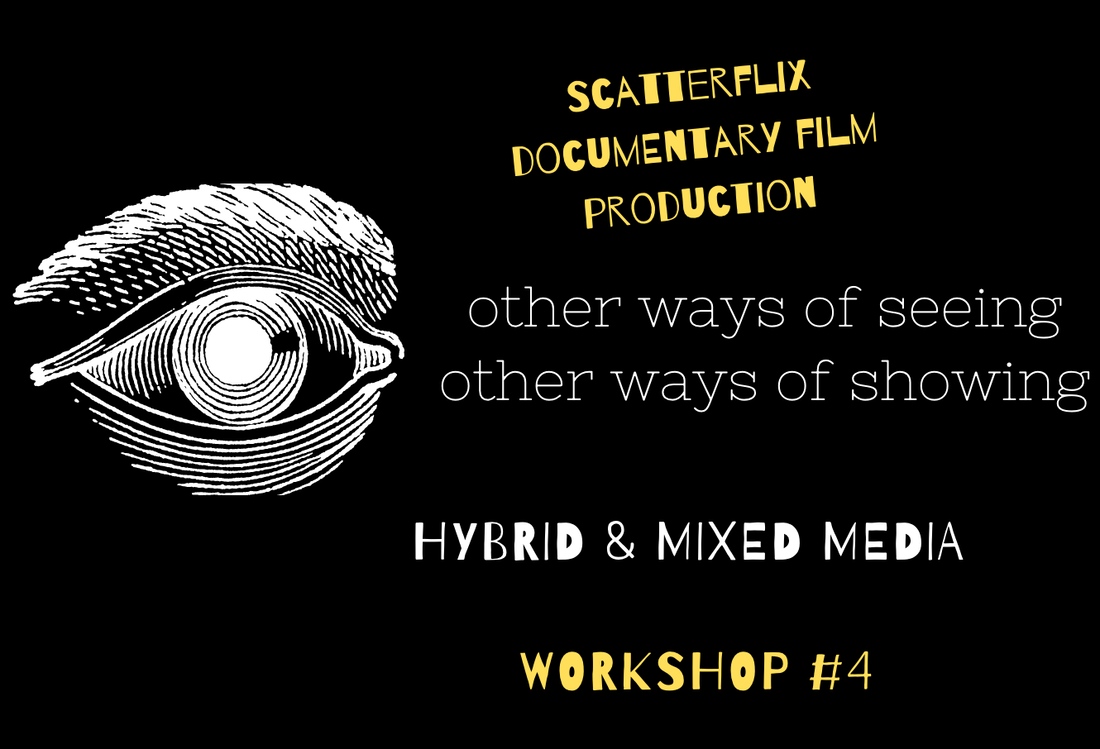
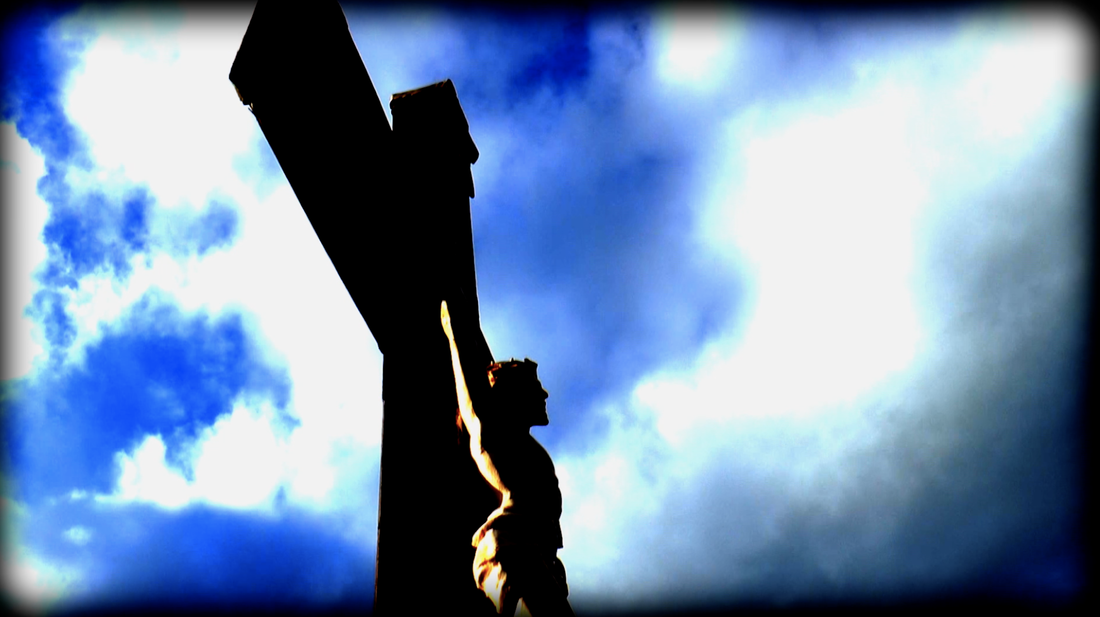
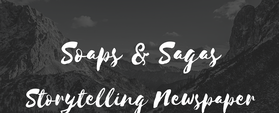
 RSS Feed
RSS Feed
